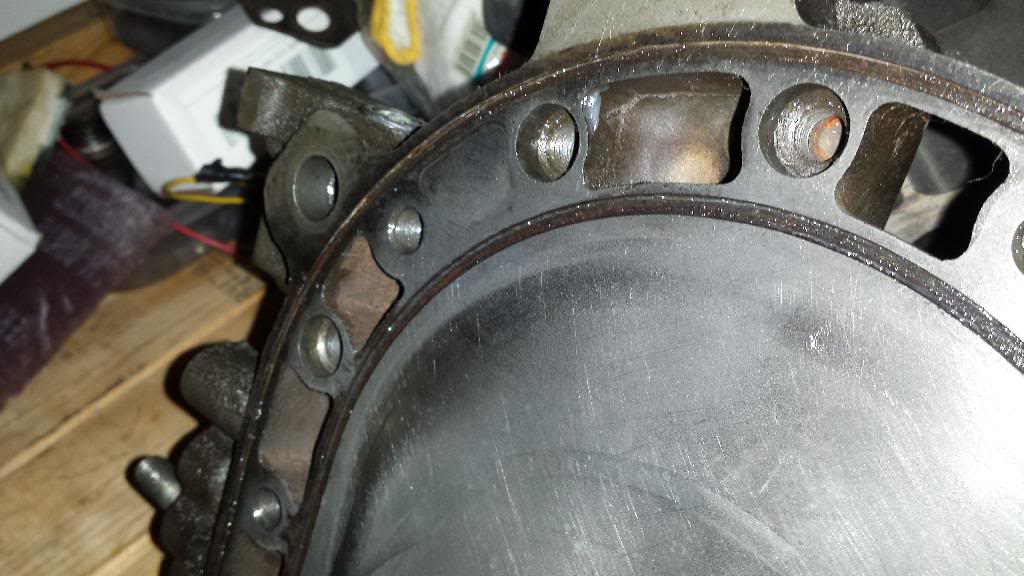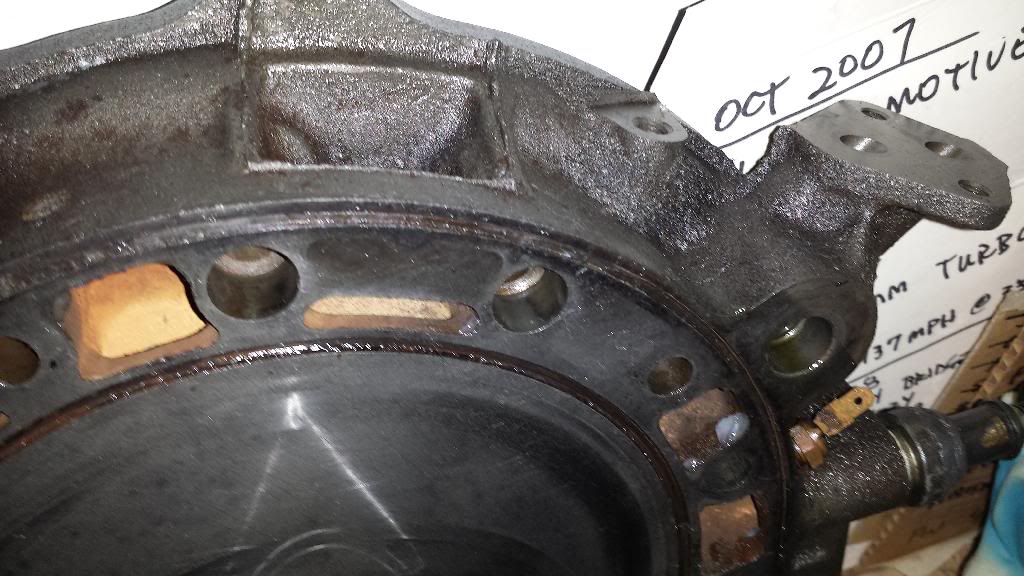Dowel locations
#1
Dowel locations
Over the years, I have seen people put extra Dowels in all types of Locations. I'm wondering if there is a benefit to certain areas over others?
I usually add 3 dowels to each housing. One just below the exhaust port. Then every other hole for 3 dowels.
I usually add 3 dowels to each housing. One just below the exhaust port. Then every other hole for 3 dowels.
#2
I have never done it but I think Chuck adds one above the top dowel and one below. I have wondered about this as well. Most engines I have disassembled have horizontal witness marks at the spark plug bump that average .5-.75mm in length. This has been there regardless of torque specs used on an undoweled assembly. I am sure that reducing chamber flex in this area will result in better output.
#3
I have never done it but I think Chuck adds one above the top dowel and one below. I have wondered about this as well. Most engines I have disassembled have horizontal witness marks at the spark plug bump that average .5-.75mm in length. This has been there regardless of torque specs used on an undoweled assembly. I am sure that reducing chamber flex in this area will result in better output.
I have also seen 3-4 dowls added in the spark plug location only. As well as 4 dowels placed 1 each at each "corner" of the housing.
My idea was to remove the 3rd dowl going up that I normally use, and add one to just below the sparkplug location. I only do it the way I do because I was showed this way a long time ago. I have always wondered if there were better locations that have been proven to work better.
#4
My thing with removing material in this area is that is is also reducing the amount of aluminum to carry heat away into the coolant. I think oversize studs with stock threads that make direct contact with the bolt hole walls will do a better job of reducing deflection.
#5
My thing with removing material in this area is that is is also reducing the amount of aluminum to carry heat away into the coolant. I think oversize studs with stock threads that make direct contact with the bolt hole walls will do a better job of reducing deflection.
I do prefer studding as well. And I normally recomend them over doweling, but I do get "customers" that prefer doweling.
#6
Rotary Enthusiast
Join Date: Aug 2006
Location: Melbourne FL/San Antonio TX/Okinawa Japan
Posts: 1,216
Likes: 0
Received 10 Likes
on
10 Posts

This has worked for me. Tried a few different holes but like this for the front. The few plates that have cracked on me were not at the stock pin location. It's been at the closest hole just above the stock pin. so no longer pin that hole. Some say this can not be done with a drill press cause the tolerance will be to loose. Well on two motors when taken apart, found one of the extra pins broken in half. If tolerance was to loose the pin would not have broken, I'm thinking anyway.
16mm reamer with the correct drill bit. Drilled 1/4 deep. And it has to be "almost" perfectly centered. If off the tension bolt will not pass through the pin. How to make sure the drill is centered on the plates is tricky.
 Other than that it's easy.
Other than that it's easy.
#7
Rotary Enthusiast
Join Date: Aug 2006
Location: Melbourne FL/San Antonio TX/Okinawa Japan
Posts: 1,216
Likes: 0
Received 10 Likes
on
10 Posts

This is my last motor pin location. Current motor just has one extra pin for the rear housing. Again do not pin the hole closest to and just above the stock pin. Cracked a few in that location. Rear can go deeper.
Not saying this the correct way of doing this, it's just what has worked for me. This is easy a cheap.
The motors that have cracked a housing have been when testing the funny gas. Not having the correct fuel jet causing it to go lean quickly resulting in cracked plates. But it was fast.
Any type of pinning or studding can hold the HP if tuned correctly. The real test is when things go horribly wrong quickly and not resulting in cracked plates.
Trending Topics
#8
So you pin the front and rear differently?
I know others have done this on a drill press. I just would never attempt it. Any time I have ever "doweled" anything, it's always a tolerance of +/- .0005" for location and size. I do this on my mill. That kind of tolerance is not possible on a drill press.
I know others have done this on a drill press. I just would never attempt it. Any time I have ever "doweled" anything, it's always a tolerance of +/- .0005" for location and size. I do this on my mill. That kind of tolerance is not possible on a drill press.

